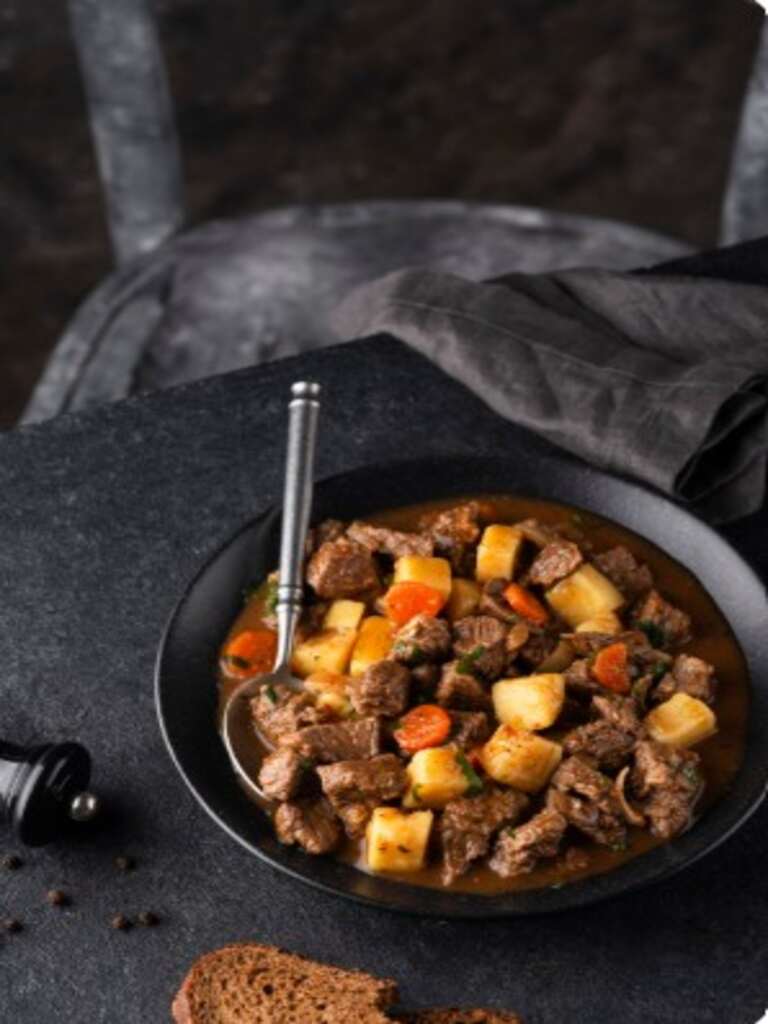
Irish Stew is Ireland’s most iconic and traditional dish, known for its heartiness and simplicity. It’s a rustic, slow-cooked meal made with lamb or mutton, potatoes, onions, carrots and herbs. The stew is gently simmered until the meat is tender and the flavors meld together into a rich, comforting broth.
The dish is celebrated for its simplicity, reflecting the Irish philosophy of creating nourishing meals from readily available ingredients. Its flavours are earthy and wholesome, with the potatoes often breaking down into the broth to naturally thicken it.
Irish Stew is Ireland’s most iconic and traditional dish, known for its heartiness and simplicity. It’s a rustic, slow-cooked meal made with lamb or mutton, potatoes, onions, carrots and herbs.
Irish Stew dates back to at least the early 19th century, though its roots are much older, tied to Ireland’s pastoral traditions. Sheep farming was widespread, and while the wool and milk of sheep were more valuable, older sheep (mutton) that were no longer useful for breeding or milking were used in cooking.
To make the tough meat tender, it was slow-cooked with potatoes and other root vegetables.
Originally, Irish Stew was cooked in cauldrons over an open fire, feeding families with little cost. Over time, it became more refined and symbolic of Irish culture, served both in homes and at Irish pubs worldwide.
Today, Irish Stew stands as a culinary emblem of Ireland, often enjoyed during St. Patrick’s Day celebrations and gatherings that honor Irish heritage.

Read Also: Zucchini Fries with Roasted Garlic Aioli and Sriracha Mayo
Irish stew is a story of resilience, resourcefulness, and tradition. Every bowl reflects Ireland’s history, turning humble ingredients into a timeless comfort that has nourished generations.